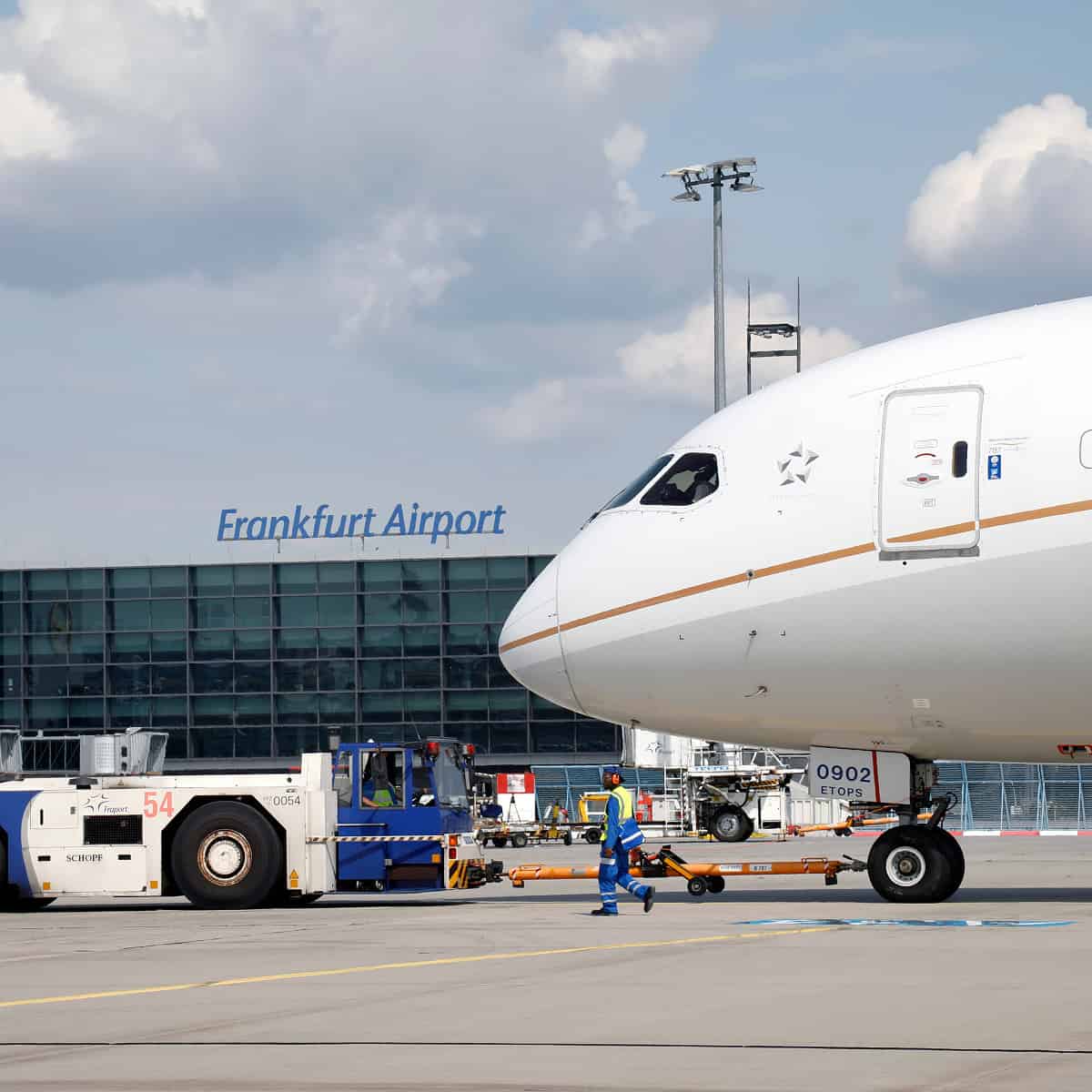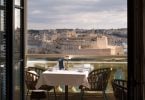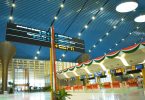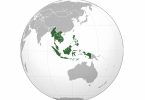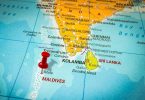GALWAY, Ireland – An aerial view of Ireland reveals the one thing the Irish cherish most: their lush yet rugged land. It shows the dualities that have marked a nation that in recent months has gone from boom to bust. But the scars of this country’s history underscore the character of a nation of survivors.
The rolling hills from the banks of the Shannon River to the rocky pastures just north of Galway show a verdant landscape that looks tropical in its misty hues. It’s an illusion, though, because this is a nation home to more sheep than people, and whose soil’s rocky composition and sickly potatoes over a century ago caused famine and gloom.
Perched atop a hill near Roundstone, one of the oldest fishing villages in the region of Connemara, lies what locals call a “famine cottage.” Sprinkled throughout the countryside and overgrown with moss, foliage, and vines, these are sturdy yet ominously empty cavities of what were once the homes of those who fled Ireland’s devastating 19th-century famine.
Many escaped to America while others simply died out, leaving these forgotten shells like oysters strewn about a barren seabed.
Dynamic Galway
Less than 75 kilometers away is the Galway of today, a dynamic university city whose streets spill with students day and night. In a country where the median age is 35 and until recently plentiful jobs were a magnet for migrants, even today this area is a stark contrast to the same country decades ago.
“Ireland skipped the industrial revolution and went straight to education and high-tech industries,” said Ciaran Ganter, a 20-something entrepreneur sipping away a pint in a local pub. “That is one of the reasons why we were poorer 15 or 20 years ago.”
Ireland in the 1990s emerged as the “Celtic Tiger,” the booming economy of a youthful Europe. But this all came to a tumbling halt late last year when the debt-paralyzed nation was forced to concede to a bailout by the European Union and the International Monetary Fund.
But if any nation knows the rough life, it’s the Irish. Venture into Kenny’s Bookshop and Art Gallery on High Street and prominently displayed is a hardcover book by Tom Garvin, adorned with a depression-era, black-and-white photograph of a destitute-looking man gazing into an empty landscape. The book is titled “Preventing the Future: Why was Ireland so poor for so long?”
The role of the church
Garvin’s book, which raised eyebrows and opened debate, rests on the notion that the lack of Ireland’s development in the decades after its 1921 independence was caused by the then-powerful Catholic Church, in whose interest it was to maintain an under-educated and subservient society.
A lack of mass education denied preparation for life in the modern world, Garvin argued. It was only during the 1990s when a new and highly-educated, technically-trained, and by then largely secular workforce came into being. It was then that Ireland finally began to flourish, and according to the author, a generation later than it could have.
“Ireland is much more liberal now and the church doesn’t have so much influence,” said a confident Anna Metadjer, a humanities student at the National University of Ireland in Galway. “A lot of my friends don’t believe or don’t go to mass. Religion wouldn’t be as important to people our age now.”
Metadjer is in her early 20s, and proudly wears a necklace adorned with a small cross. Her family roots in Ireland date back generations, and her ancestors are buried at the 6th century medieval monastery in Clonmacnoise, which to this day remains a popular tourist attraction located at a remote spot overlooking the Shannon River.
A paddy will always buy a field
Though not oblivious to the past, Metadjer has other things on her mind. Pondering her future and travel plans with her friends in a Galway pub is more the order of the day. She wants to travel for a few years, but then return and acquire a house.
“It’s so expensive to get a house, but property and land means a lot to the Irish people, owning something,” she says. “A paddy will always buy a field, the saying goes. It’s the whole land thing, the whole history of Ireland. It was always a fight for land.”
In its growth towards becoming the “Celtic Tiger,” the Irish were in the property market, not far from their roots. They purchased property both domestically and abroad, from Spain to Budapest. The Irish went international, leaving behind their provincial roots.
As the land-loving Irish rebuild, they don’t lose their practical sense. Bitter memories guide them once again into the future as raindrops fall quietly yet steadily onto the lush Irish landscape. Just as it has done for generations on this green horizon.






